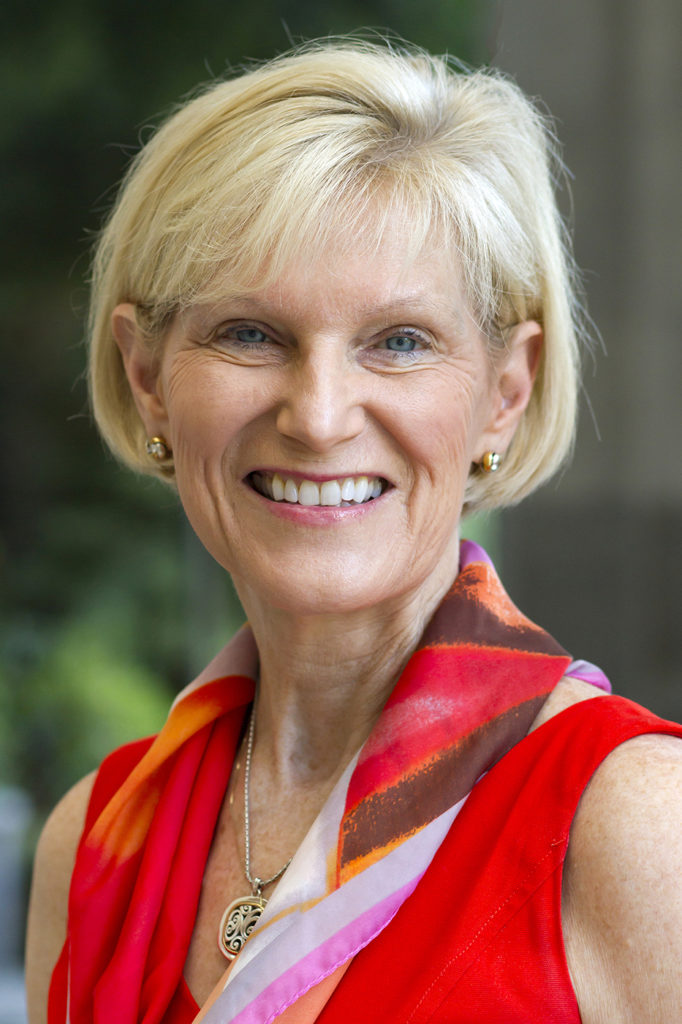
California — the state that has led the nation on everything from environment standards to labor rights — now may be blazing a trail on the caregiver crisis. Gov. Gavin Newsom’s (D) Master Plan for Aging invests millions of dollars in developing the state’s caregiver pipeline. And LeadingAge California — which represents nonprofit senior service agencies — is promoting a separate Workforce Blueprint for Action, which outlines innovative ways to add thousands of caregivers to the Golden State by the decade’s end.

“According to information that we have, we’re going to face a labor shortage of up to 3.2 million direct care workers. Some data from the Bureau of Labor Statistics indicates we’ll need 275,000 personal care aides alone by 2026,” Jeannee Parker Martin, president and CEO of LeadingAge California, told McKnight’s Home Care Daily. “If you take those two numbers, there is a dramatic need for more workers.”
LeadingAge California began work on its blueprint before parent organization LeadingAge rolled out its blueprint in response to the Biden administration’s infrastructure plan to boost the care economy. The California blueprint focuses on expanding the caregiver workforce through policy, education, technology, workforce development, public awareness and strategy.
Redefining caregiver roles
Among its most innovative ideas is reimagining the caregiver workforce. One way to accomplish that is by redefining home health aides and certified nursing assistants (CNAs) as universal workers. Parker Martin says home health aides and CNAs do similar tasks, but simply work in different settings.
“There is some desire now to look at the home health aide and the certified nursing assistant and see if those two positions could be better aligned, meaning that potentially over time there would be one certification, rather than two distinct certifications,” Parker Martin said.
In redefining the caregiver role, Parker Martin said the state should also ensure the certification process for the universal worker isn’t overly cumbersome. California currently requires CNAs to complete 60 hours of training and 100 hours of clinical work for certification — one of the toughest requirements in the nation.
Guest worker program proposal
The blueprint also calls for expanding the caregiver workforce through a guest worker or temporary visa program that allows qualified foreign workers to fill jobs in high-demand sectors.
“The guest worker program could cut across various disciplines. Clinical disciplines are one area and those are the primary shortage areas because other types of positions often can be filled by other workers with more flexible backgrounds,” Parker Martin said.
Immigrant experience
CareIndeed COO Vanessa Valerio is an immigrant. She told McKnight’s Home Care Daily California must find a way to lower the barrier of entry to foreign workers in order to expand its caregiver talent pool.

“This matter has been a discussion point for many years now,” Valerio said. “The government restrictions surrounding petitioning migrant workers, the financial challenges, housing, the lengthy process for the working visas all contribute to the long-term obstacles many health agencies face when trying to find and retain talent.”
California’s Master Plan for Aging predicts the state’s 60-and-over population will grow by more than 10 million people by 2030. Parker Martin said LeadingAge California’s plan may not solve the state’s entire caregiver crisis, but it’s a solid step in the right direction.




